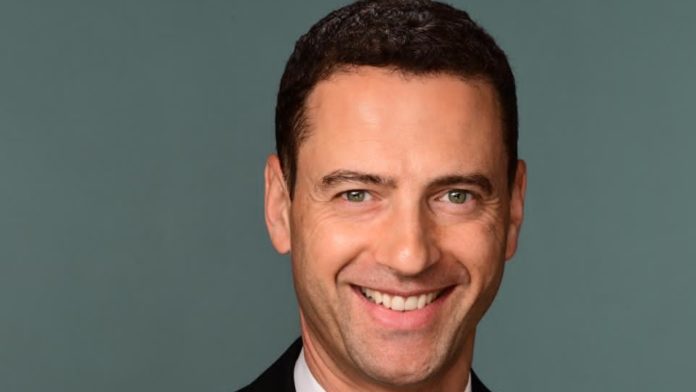
ASKED at a press conference what his successor might look like, Ivan Glasenberg replied: “I hope he looks like me.” It was a quip that anticipated in Gary Nagle, Glencore’s CEO from July, a company preferring continuity over novelty. Nagle might not be Glasenberg’s lookalike, but he is certainly a ‘think-alike’.
Analysts don’t expect Nagle to spring any surprises when he gets into his stride, which should be immediately. He’s been at the company since graduation (in accounting). His alma mater is the University of the Witwatersrand, the same as Glasenberg’s. Like Glasenberg, Nagle learned the ropes in the group’s coal division.
Listening to Nagle at Glencore’s results presentation in February, he was on message with all of Glencore’s recent ideas and opinions, although importantly for Glencore’s corporate governance, Nagle will wield less influence over strategy. As a 9.2% shareholder, Glasenberg was uniquely positioned to have a bigger say on strategy than you’d expect of a regular CEO.
As for the company itself, it’s like the world’s mining industry has a suggestion box with ‘Glencore’ written on the outside. The Swiss group embodies in one place all of the boons and booby-traps of mining today: it produces coal (environment), it is facing corruption charges (governance), and it has cupboards-full of resources in minerals the world needs for a sustainable, decarbonised economy.
“With its largest copper and nickel businesses and its cobalt production, Glencore is the ultimate large-cap global miner for leverage to battery materials and decarbonisation trends,” said Christoper LaFemina, an analyst for Jefferies. He termed the group’s foothold in the copper/cobalt industry in the Democratic Republic of Congo (DRC) its “ace in the hole”.
The market seems to be recognising the fact of Glencore’s potential to generate cash, finally. For several years, the share trailed its peer group as investors factored in an outsize sanction – yet to be conceived – from the US Department of Justice, which is currently investigating allegations of fraud.
Glencore believes its marketing division, previously considered by analysts to be opaque in its operating methods, is now emblematic of a sprucier, more transparent organisation. It provides true defensiveness in times of industrial asset hardship, and enhances mining margins in times of plenty.
As for the presence of coal in Glencore’s portfolio, which it says it will operate until the reserves are depleted, Nagle has taken Glasenberg’s approach of being prepared to ride with the times. He will retain coal production while a sufficient volume of shareholders recognise its economic contribution. But he’s also prepared to review the portfolio if it leads to disfavour.
For now, banks seem pacified by Glencore’s manage-down approach to coal. “Coal is by far the biggest emissions driver for Glencore. Our estimates suggest coal production falling by 43% by 2035,” said Citi in a report, referring to the depletion of Glencore’s Colombian and South African coal reserves.
Whether Nagle will eventually look to a sale or a demerger of the coal assets, à la Anglo American, time will tell. For now, it’s hard to see Glencore changing tack on the seaborne thermal coal while it remains a key component of Asia’s primary energy mix, and while – not so incidentally – Glencore is lapping up the plaudits for its commitment to reduce net carbon emissions by 2050.
For the full story as it appeared in our 2021 Mining Yearbook, please visit the special ebook section below.













